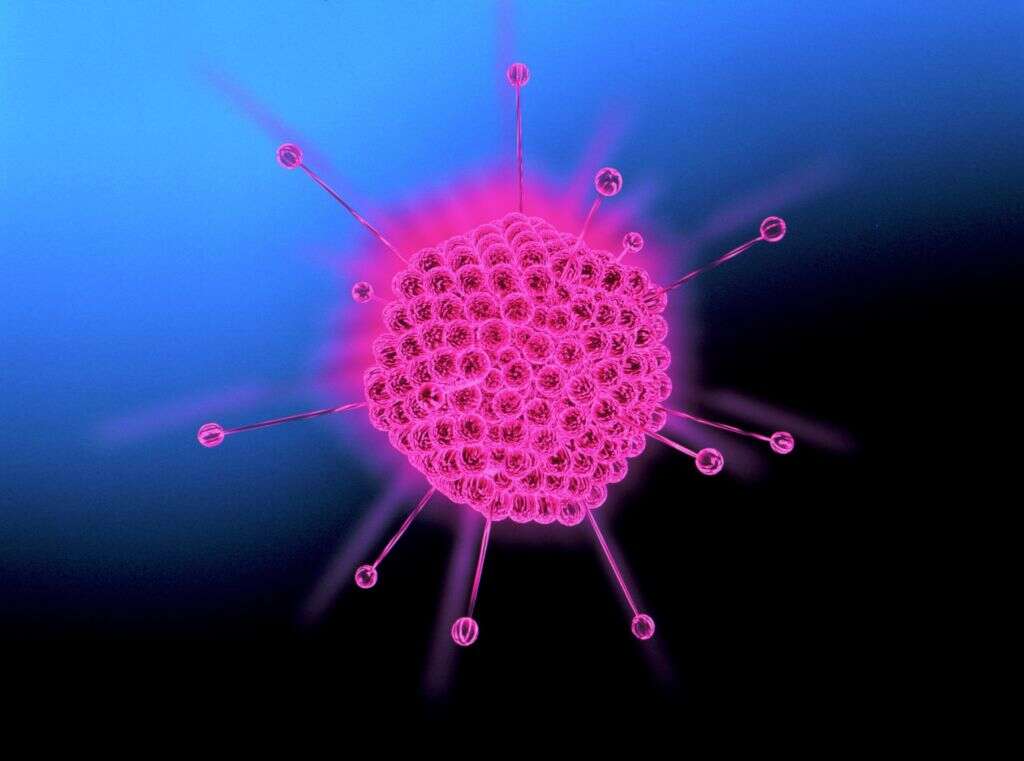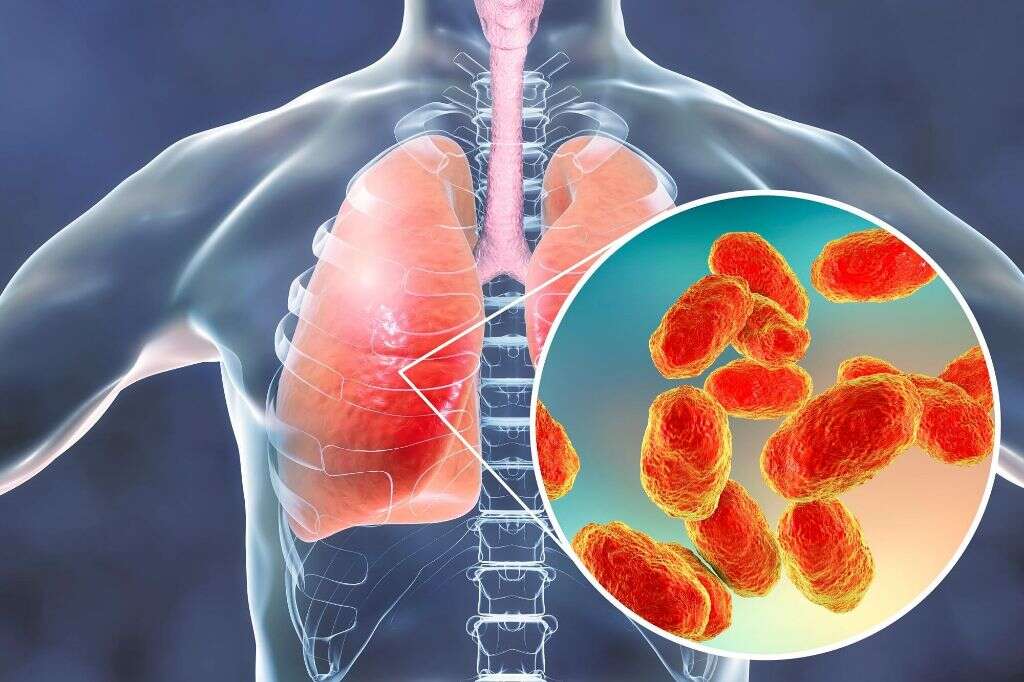What Is Adenovirus?
There are many types of virus in the world. Many of them are harmless to us, and will only affect other animals or plants. Of those that can affect us, however, many are quite common. This means that we always need to be vigilant to help protect ourselves against diseases.
Adenovirus are among the most common of all types of viruses that can affect people and more than 50 different serotypes have been discovered. Adenoviruses are typically able to survive outside of a host for a relatively long time, increasing the likelihood of transmission. Diseases caused by them are usually only mild, and treatment is often not deemed necessary.

1. Adenoviruses
Adenoviruses are common, so common that pretty much everybody will have encountered them at some point in their lives. They can cause a range of unwelcome symptoms, but thankfully they are usually only mild. The immune system is usually strong enough to be able to beat the viruses without medical assistance.
Adenovirus diseases can affect people of all ages, but they are more common in children. This is largely because children are less likely to have been exposed to the virus. This, in turn, means they will not yet have built up an immunity which would otherwise prevent them from falling ill.

2. Transmission
Adenoviruses are usually spread by way of contaminated droplets when an infected person coughs or sneezes. These droplets can then be inhaled or ingested, giving them access to the inside of the body where they can then go on to form an infection. The virus can also be contracted through contact with infected surfaces, including other people’s hands.
The virus is more likely to spread quickly among children, partly because they tend to stay close to each other. Children are also more likely to put their hands in their mouths and touch their faces. It is also possible to catch the viruses from contaminated water, and also from food that has been prepared by an infected person.

3. The Common Cold
The common cold is one of the most common of all human diseases, and one that most people will contract at least once in their lives. It is a type of fairly mild respiratory infection, and there are numerous potential causes. Adenoviruses are one of the most common causes of the disease.
Symptoms of the cold typically include a cough, sore throat, swollen glands, and a runny nose. Adenoviruses are also sometimes responsible for croup, which is a respiratory infection characterized by a high-pitched sound when inhaling. Bronchitis, which is an infection of the lung’s main airways, can also be caused by adenoviruses.

4. Ear Infection
Adenoviruses will also sometimes be the cause of an ear infection. Ear infections can be very uncomfortable but will usually not be dangerous. Regardless, treatment should be sought to help prevent an ear infection doing permanent damage. Symptoms of an ear infection will include irritability, fever, and ear pain.
Another type of infection sometimes caused by adenoviruses includes conjunctivitis, which is also sometimes known as pink eye. This condition can cause symptoms including itchiness, discharge, excess tear production, a sensation of something being in the eye, and red eyes. It is not a dangerous condition but complications can develop if it is left untreated.

5. Digestive System Infections
Adenoviruses are also sometimes the cause behind infections of the digestive system. They can cause unpleasant symptoms like stomach cramps, diarrhea, nausea, vomiting, and headaches. They will usually pose no threat to the patient, but there is a risk of dehydration in the more severe cases.
Another potential infection caused by adenoviruses is urinary tract infections. These can be quite painful, causing a burning sensation in the urethra when urinating. It can also make the patient need to pass urine more frequently than usual, and it can also result in blood in the urine. Urinary tract infections can also cause pain, fever, and chills.

6. Pneumonia
Adenoviruses can sometimes result in pneumonia, which is a potentially serious infection of the lungs. The infection can cause the lining of the lungs to become inflamed, and for the tiny sacs to become filled with fluid. This will make it very difficult for the patient to breathe, and serious cases can be life-threatening.
In addition to difficulty breathing, symptoms of pneumonia can include a fever and chills, a cough, and difficulty breathing. Treatment for the condition will depend largely on the underlying cause. Patients will sometimes need an oxygen mask to help them breathe, and a ventilator may be necessary in the more severe cases. Thankfully it is rare that adenoviruses will cause pneumonia this serious.

7. Meningitis
Meningitis is also sometimes caused by adenoviruses, although this is very rare. This disease means that the membrane that surrounds the brain and spinal cord has become infected. The membrane, known as the meninges, can then become inflamed in what can be life-threatening in the more severe cases.
Adenoviruses are also sometimes the culprit behind encephalitis, which is when the brain itself becomes infected. This can cause symptoms like a fever, headaches, changes in cognitive ability, and even a change in the patient’s personality. It is also very rare that adenoviruses are responsible for encephalitis, but the condition can be fatal.

8. Prevention
Adenoviruses are common, and you can be exposed to them pretty much anywhere. This makes it all but impossible to make ourselves completely safe from them, but we can take precautions that will significantly reduce our risk. This largely revolves around maintaining good hygiene standards.
It is important to wash your hands regularly throughout the day. Children should also be taught to wash their hands whenever they can. Also avoid sharing food and drinks and try and avoid touching your face as much as possible. If you are sick yourself, you should try to isolate yourself as much as you reasonably can to help prevent spreading the disease further.

9. Diagnosis
A doctor is likely to ask about the patient’s symptoms, and about their medical history. This, and a brief physical exam, will be enough to reach a diagnosis in many cases. Depending on the nature of the infection, however, further tests may be needed to confirm what the condition is.
A variety of tests are available that can help diagnose infections caused by adenoviruses. These include urine tests and blood tests that will help experts look for signs of the virus. In some cases, a stool test may also be requested. If a potentially serious infection of the lungs or respiratory tract are suspected, an X-ray may also be requested.

10. Treatment
Antibiotics are not effective against adenoviruses. Regardless, adenoviruses are usually only mild anyway and can be left to the immune system to deal with. The patient is generally advised to get plenty of rest and to take on plenty of fluids. A full recovery will usually be made in just a few days or so, although some infections can take longer.
In cases of more serious complications, anti-viral medications may be used. It may even be deemed necessary to hospitalize the patient in some instances. If the patient is experiencing severe difficulties, they may need mechanical assistance to help them take on the oxygen they need, and remove carbon dioxide from the body.












